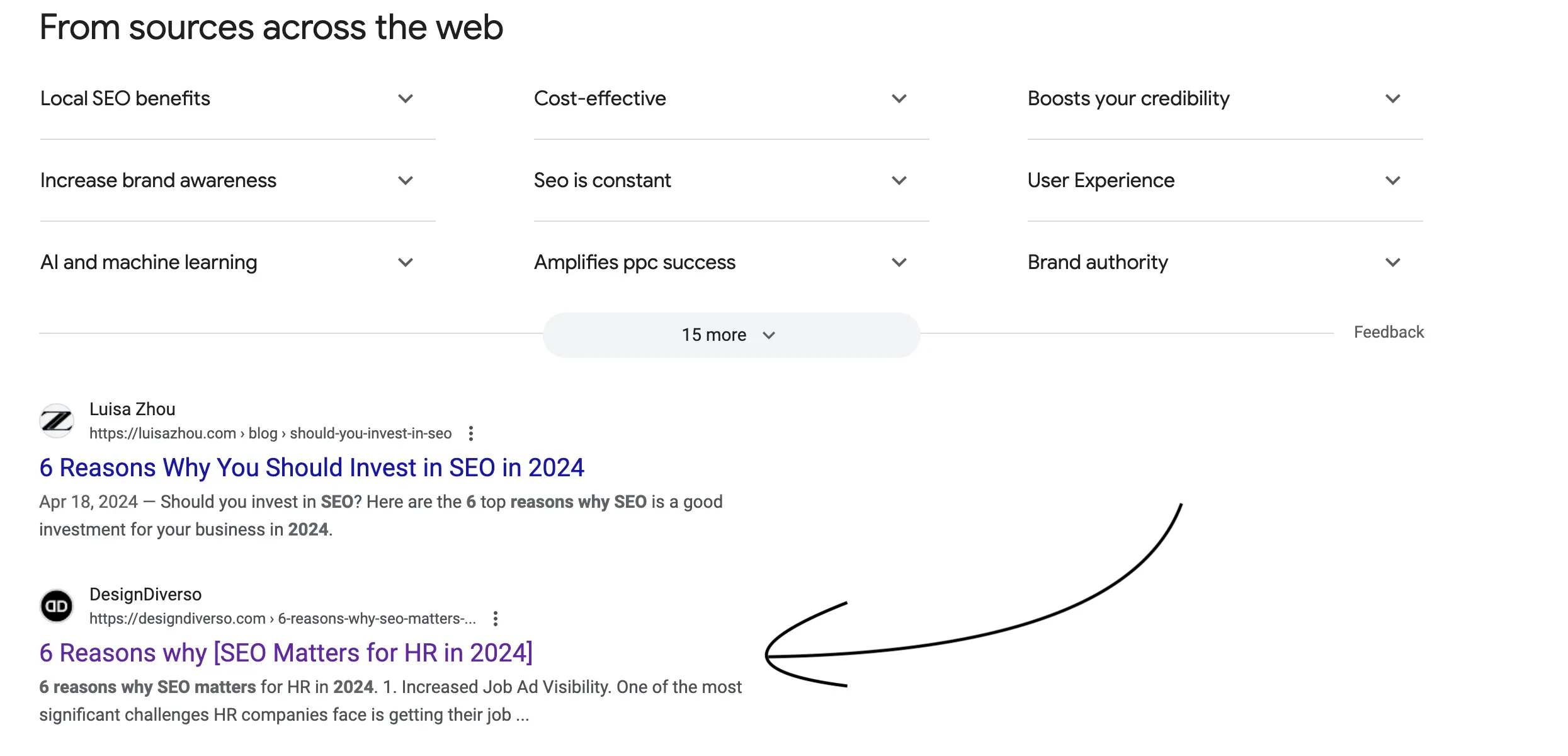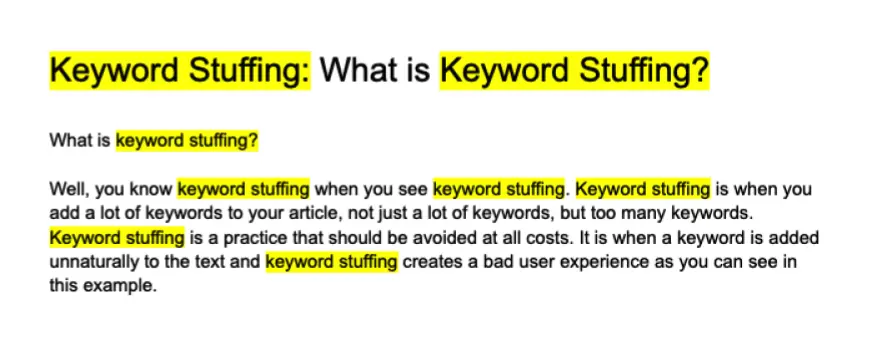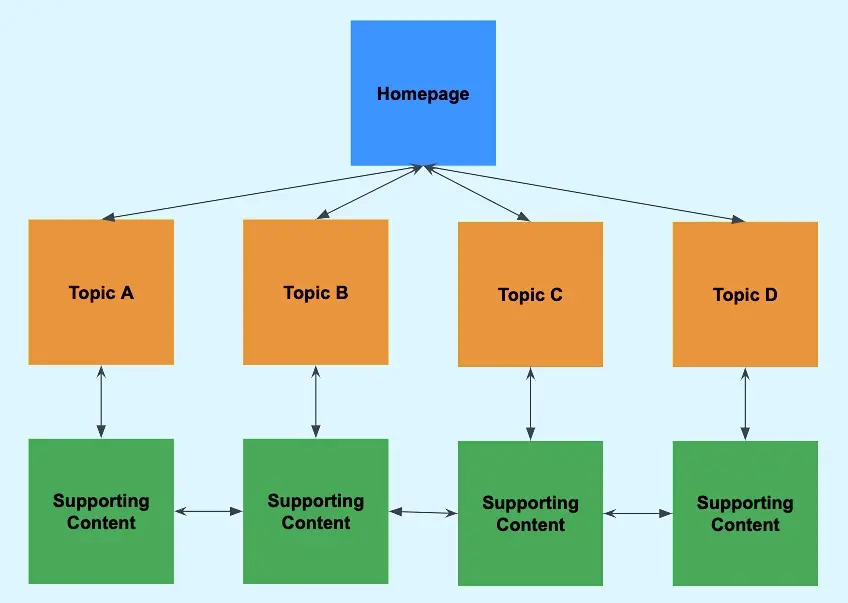
Schema markup is a powerful tool that can help improve your website’s visibility in search engine results pages (SERPs).
By adding structured data to your site, you can provide search engines with more information about your content, which can help them better understand and index your website. There are many different types of schema markups that you can implement on your site, but in this article, we will focus on the top
5 schema markups that you should consider adding to your website.
1. Organization Markup
Organization markup is a type of schema markup that allows you to provide information about your company or organization to search engines. By adding organization markup to your site, you can tell search engines your company’s name, logo, address, contact information, and other important details. This can help improve your website’s appearance in search results and make it easier for users to find information about your company.
To add organization markup to your site, you can use the schema.org vocabulary to define the properties of your organization, such as its name, logo, and contact information. You can also use Google’s Structured Data Markup Helper to generate the code for organization markup and add it to your site’s HTML.
2. Article Markup
Article markup is another important schema markup that you should consider adding to your site. Article markup allows you to provide search engines with information about the articles on your website, such as their title, author, publication date, and content. By adding article markup to your site, you can help search engines understand the content of your articles and display them more prominently in search results.
To add article markup to your site, you can use the schema.org vocabulary to define the properties of your articles, such as their title, author, and publication date. You can also use Google’s Structured Data Markup Helper to generate the code for article markup and add it to your site’s HTML.
3. Product Markup
Product markup is a type of schema markup that allows you to provide information about the products on your website to search engines. By adding product markup to your site, you can tell search engines the name, description, price, availability, and other details of your products. This can help improve your website’s visibility in search results and make it easier for users to find and purchase your products.
To add product markup to your site, you can use the schema.org vocabulary to define the properties of your products, such as their name, description, and price. You can also use Google’s Structured Data Markup Helper to generate the code for product markup and add it to your site’s HTML.
4. Review Markup
Review markup is a type of schema markup that allows you to provide information about the reviews of your products or services to search engines. By adding review markup to your site, you can tell search engines the rating, author, date, and other details of your reviews. This can help improve your website’s appearance in search results and make it easier for users to find and read reviews of your products or services.
To add review markup to your site, you can use the schema.org vocabulary to define the properties of your reviews, such as their rating, author, and date. You can also use Google’s Structured Data Markup Helper to generate the code for review markup and add it to your site’s HTML.
5. FAQ Markup
FAQ markup is a type of schema markup that allows you to provide information about the frequently asked questions on your website to search engines. By adding FAQ markup to your site, you can tell search engines the questions, answers, and other details of your FAQs. This can help improve your website’s appearance in search results and make it easier for users to find answers to their questions.
To add FAQ markup to your site, you can use the schema.org vocabulary to define the properties of your FAQs, such as the questions and answers. You can also use Google’s Structured Data Markup Helper to generate the code for FAQ markup and add it to your site’s HTML.
Although schema markups won’t directly boost your search engine ranking—Google doesn’t currently use them for ranking—implementing them can enhance your visibility in search engine results.
However, it’s crucial to use schema markups ethically and accurately. Only utilize <meta> tags when essential and ensure that the marked information aligns with the content on your website. If you’re interested in leveraging schema markups, reach out to our SEO specialists for expert guidance.







